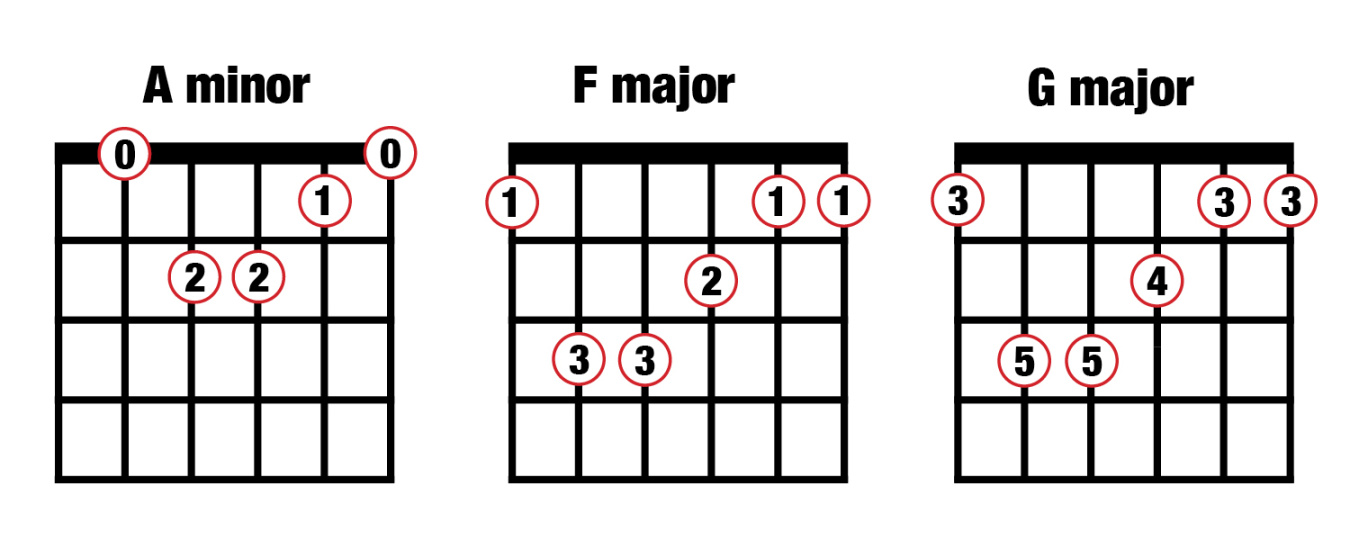Guitar Chord Progressions Pop: Your Guide to Catchy Tunes
So, you want to write some pop songs, or maybe just jam along to your favorite hits? One of the biggest keys to making those tunes sound familiar and catchy is understanding pop chord progressions. These are the building blocks of most pop songs, and they’re surprisingly simple to get the hang of. Let’s break it down in plain English, no fancy music theory jargon needed.
What’s a Chord Progression, Anyway?
Think of a chord progression like a recipe for a musical phrase. It’s a series of chords played one after another, creating a harmonic foundation. Now, in pop music, we tend to stick to a few tried-and-true recipes. These are the progressions you hear in countless hits, and they’re popular for a reason—they sound good!

The Mighty I-V-vi-IV
The Classic Pop Progression
This is probably the most common chord progression in pop music. You’ve heard it a million times, even if you don’t realize it. It’s often written in Roman numerals, which represent the scale degrees. If you’re in the key of C, that means:
I = C major
So, the progression is C-G-Am-F. Play that, and you’ll instantly recognize the pop vibe. It’s used in everything from oldies to modern hits. Why is it so popular? It sounds both hopeful and slightly melancholic, a sweet spot for pop emotions.
The I-vi-IV-V Powerhouse
Another Pop Staple
This is another variation of the classic, and it’s just as common. In the key of C, that’s:
I = C major
So, the progression is C-Am-F-G. This progression often feels a bit more uplifting and driving than the previous one. It’s got a nice sense of resolution, thanks to that V (G) chord at the end.
The Bluesy I-IV-V
Pop’s Bluesy Cousin
While this progression is more common in blues and rock, it pops up in pop music too, giving it a bit more edge. In the key of E, it would be:
I = E major
So, the progression is E-A-B. It’s simple, powerful, and gives a song a more grounded, raw feel.
Adding Sevenths and Other Flavors
Spicing Things Up
Once you’ve got the basic progressions down, you can start adding some extra flavor. One common trick is to use seventh chords. For example, instead of a plain C major chord, you could play a Cmaj7. This adds a smoother, more sophisticated sound.
Another technique is to use chord inversions. This means changing the order of the notes in a chord, which can create smoother transitions between chords.
How to Find the Key
Figuring Out What Key You’re In
Figuring out the key of a song is essential for understanding its chord progression. If you’re trying to learn a song, there are a few ways to do this.
By Ear: If you have a good ear, you can often figure out the key by listening to the bass notes or finding the root chord.
Practical Tips for Pop Songwriting
Making Your Own Hits
Now that you know the basic progressions, here are some tips for using them in your own songwriting:
Start Simple: Don’t try to get too fancy at first. Stick to the basic progressions and focus on getting the feel right.
Understanding the Relationship Between Chords and Melody
Making the Chords and Melody Work Together
The melody and chords of a pop song should complement each other. Often, the melody will highlight notes from the chords, creating a sense of harmony. When crafting your own songs, be sure to keep the relationship between your melody and chords in mind.
The Importance of Rhythm
Adding Groove and Feel
Chord progressions provide the harmonic foundation, but rhythm is what gives a song its groove and feel. Experiment with different strumming patterns and rhythmic variations to find what sounds best.
Conclusion
Pop chord progressions are the secret sauce behind countless hit songs. They’re simple, versatile, and easy to learn. By understanding these basic progressions, you can start writing your own catchy tunes and jamming along to your favorite pop hits. Don’t be afraid to experiment, have fun, and let your creativity flow. Remember, the best pop songs are often the ones that combine familiar elements with a unique twist. So, grab your guitar, start playing, and see what you can create. Happy strumming!

